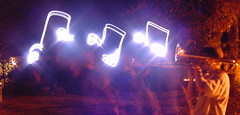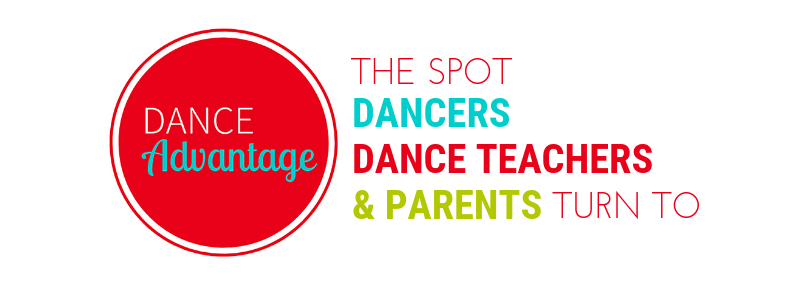
- Image by jasoneppink via Flickr
I’d like to have you try a short exercise.
Look over the questions/suggestions below:
- Do any images or pictures come to your mind? What are they?
- Does the song cause remembrances of something, someone, or somewhere? If so, what?
- In what environment, if any, does the music place you?
- What kind of feelings does the music evoke?
- If you had to pick a color to represent this work, what would you choose?
- Give three adjectives that describe the work.
- Which instruments do you hear?
- Describe the tempo, the rhythms, the melody or musical quality (thundering and aggressive, or soft and soaring for example)
Now grab a pencil and paper or close your eyes…
Listen to one of these clips:
Sorry, the clips are no longer available
As you listen, quickly jot down (or think about) your responses to the questions above.
How did you do?
Did you find the exercise easy or difficult? Even if you didn’t particularly like the song, I’m sure you were able to answer some of these questions. In fact, you may not have needed much prompting to visualize during the music.
I’ve used this exercise with students before (usually in preparation for moving to the chosen selection). What I’ve noticed is that when listening to music, the students easily observe and express their reaction based upon what they’ve heard coming through the speakers. With very little prompting, they come up with vivid ideas, even without the benefit of lyrics as clues to the song’s intention. The natural instinct to experience music with their minds and hearts, as well as their ears, seems second nature for most. When viewing art in a visual medium, such as dance or painting or sculpture, it seems the process is inhibited. Perhaps it is harder ot let go of preconceived notions or expectations regarding the art form. Perhaps it is more difficult to allow oneself to visualize or expound upon something that is already very visual. Whatever the problem, I’ve discovered that students, rather than simply letting the art affect them, get hung up on “What does it mean?” “What is this about?” “Am I the only one who doesn’t get it?”
It seems to me that the art of dance would prove more accessible if people viewed dance like they listen to music.
What do you think?
Nichelle Suzanne is a writer specializing in dance and online content. She is also a dance instructor with over 20 years experience teaching in dance studios, community programs, and colleges. She began Dance Advantage in 2008, equipped with a passion for movement education and an intuitive sense that a blog could bring dancers together. As a Houston-based dance writer, Nichelle covers dance performance for Dance Source Houston, Arts+Culture Texas, and other publications. She is a leader in social media within the dance community and has presented on blogging for dance organizations, including Dance/USA. Nichelle provides web consulting and writing services for dancers, dance schools and studios, and those beyond the dance world. Read Nichelle’s posts.


![Reblog this post [with Zemanta]](https://img.zemanta.com/reblog_c.png?x-id=88d6b3f7-82af-4a51-9d2e-a3b5a0c17bb4)
